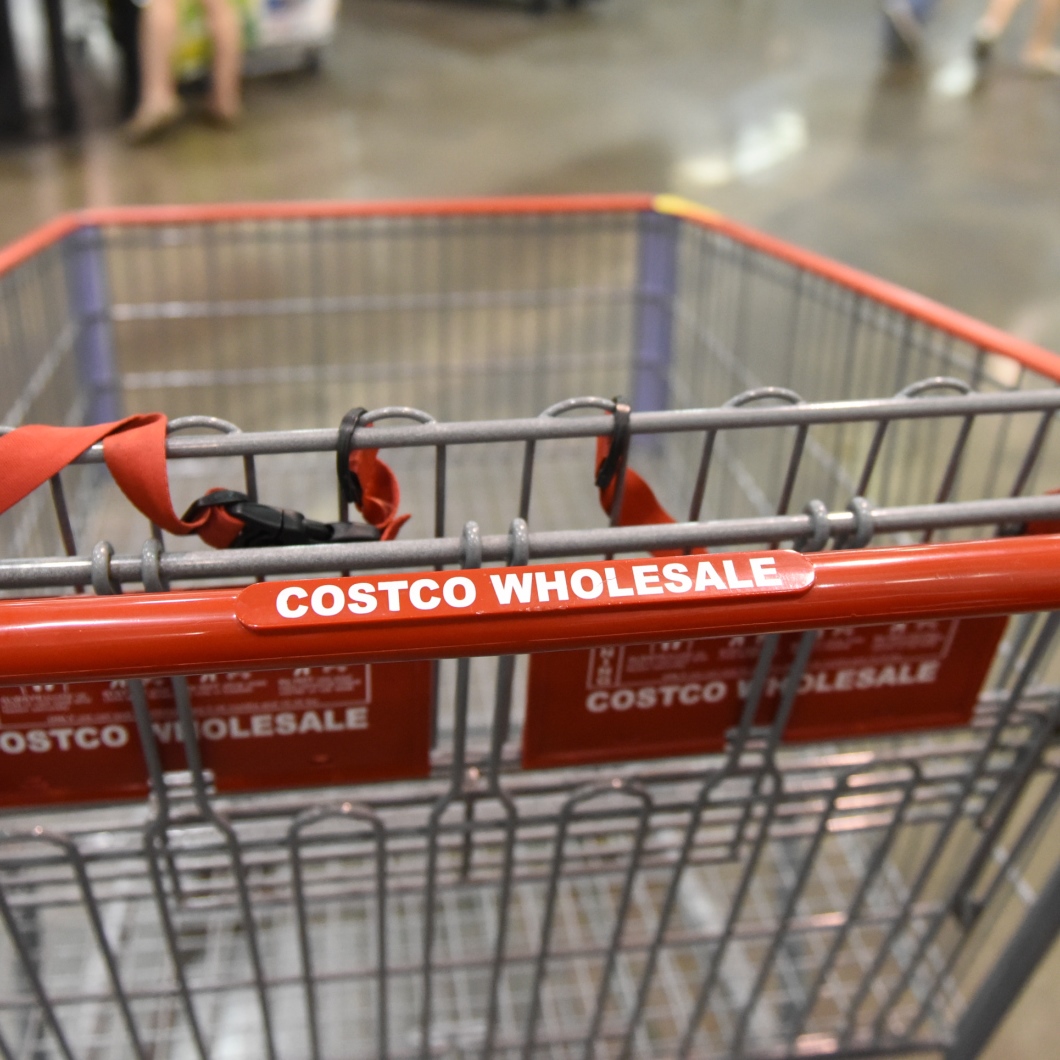Retail
Costco, Dillard's Top Widely Regarded Customer Satisfaction List

Published:
Last Updated:

The American Customer Satisfaction Index (ACSI) has released its latest evaluation of major American retailers. Costco Wholesale Corp. (NASDAQ: COST) and Dillard’s Inc. (NYSE: DDS) led in the two major categories.
Dillard’s was the top retailer among 15 companies in the “Department and Discount” category for 2016. It received a grade of 83 out of a possible 100. This was higher by 4% from 2015. Surprisingly, J.C. Penney Co. Inc. (NYSE: JCP) not only took second place with a score of 82, it also had the largest increase from the previous year, up 11%. At the bottom of the list, Wal-Mart Stores Inc. (NYSE: WMT) had a score of 72, which was 9% above the previous year. Across the entire category, customer satisfaction rose 5.4% to 78.
In the “Specialty” retail category. Costco led a list of 26 companies, with its score of 83, up 2% from 2015. Deeply troubled book retailer Barnes & Noble Inc. (NYSE: BKS) finished second, in a tie with two other retailers, with a score of 81, up 3%. Equally trouble retailer L Brands Inc. (NYSE: LB), which owns Victoria’s Secret, also posted 81, flat from last year. Victoria’s Secret recently posted a steep drop in same-store sales in L Brands’ most recently reported quarter. Sam’s Club, the warehouse division of Wal-Mart, also posted a score of 81, up 7%. Notably, one of Sam’s Club’s major rivals is Wal-Mart.
At the bottom of the specialty retail category was another struggling company, Abercrombie & Fitch Co. (NYSE: ANF), with a score of 76, up 17% from 2015. Tied for second with scores of 77, Best Buy Co. Inc.’s (NYSE: BBY) score rose 4%, Toys”R”Us rose 3% and Big Lots Inc. (NYSE: BIG) also rose 4%.
The authors of the research wrote:
All retail categories post year-over-year gains in customer satisfaction for the 2016 holiday shopping season despite weak sales performance for many big chains, especially department stores. E-commerce sales continue to grow at a pace that outstrips brick-and-mortar stores, while the latter faces declining foot traffic.
Paradoxically, however, emptier stores can have a positive effect on customer satisfaction. Fewer customers can lead to shorter lines, faster checkout, and more attention from the sales staff. But empty stores are not the only reason for the rise in customer satisfaction in 2016. Retailers also have made strides to improve the customer experience with omnichannel offerings. Moreover, better customer service, lower gasoline prices, and food price deflation are contributing to stronger customer satisfaction.
It is an observation that reveals a mixed blessing.
The authors also posted their methodology:
The ACSI uses data from interviews with roughly 70,000 customers annually as inputs to an econometric model for analyzing customer satisfaction with more than 300 companies in 43 industries and 10 economic sectors, including various services of federal and local government agencies.
Start by taking a quick retirement quiz from SmartAsset that will match you with up to 3 financial advisors that serve your area and beyond in 5 minutes, or less.
Each advisor has been vetted by SmartAsset and is held to a fiduciary standard to act in your best interests.
Here’s how it works:
1. Answer SmartAsset advisor match quiz
2. Review your pre-screened matches at your leisure. Check out the advisors’ profiles.
3. Speak with advisors at no cost to you. Have an introductory call on the phone or introduction in person and choose whom to work with in the future
Thank you for reading! Have some feedback for us?
Contact the 24/7 Wall St. editorial team.